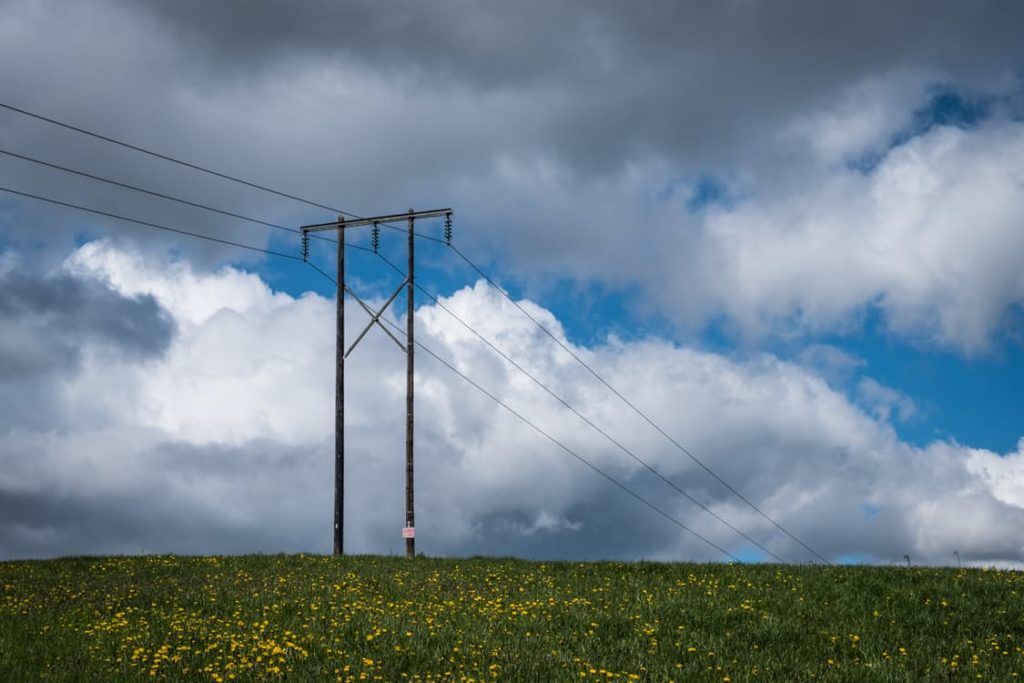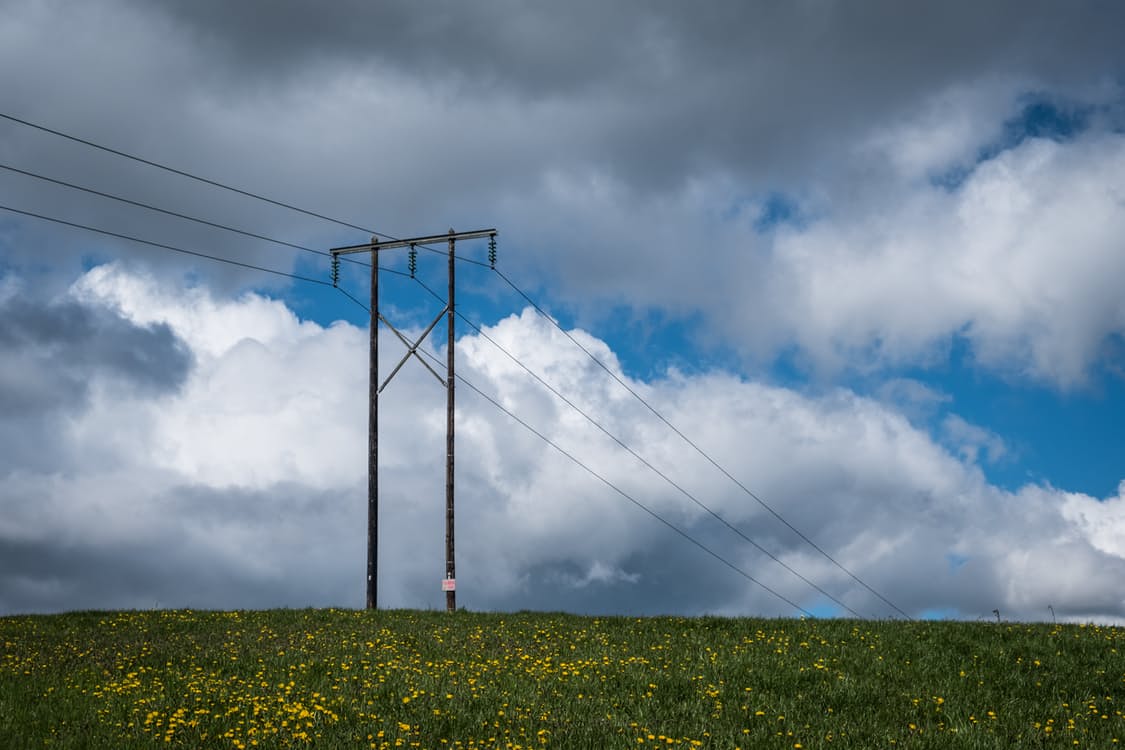

Your HVAC system is responsible for nearly half the energy consumption in your home. When you want to save on energy bills, assessing your system’s energy use and considering a newer, more efficient system is a great place to start, especially if you currently cool your house with a window air-conditioning unit or a system that uses ducts. With a traditional HVAC central air conditioning system, cool air has to travel through your air ducts to reach the rooms in your home. Along the way, a lot of it seeps out into unconditioned parts of your home. According to the U.S. Department of Energy, these losses can account for more than 30% of energy consumption for space conditioning, especially if the ducts are in an unfinished space such as an attic.
Most ductless air conditioning systems have fans that can change their speed based on conditions inside and outside your home. These fans are also called variable-speed air handlers. Air conditioners with this feature start working at full speed, then switch to a lower speed when they reach the temperature you want. They stay on to maintain the temperature, saving energy and preventing uncomfortable temperature variations throughout your day.
Ductless HVAC systems with more than one indoor unit can use zoning. Each indoor unit has its own thermostat or separate temperature sensors with a central thermostat. You can set a different temperature in each zone or area. This means you never have to cool an empty room, and family members in different zones can stay comfortable by setting the temperatures they prefer.
You can also use the same method to lower your utility bills if you have an addition, sunroom, basement, attic, or garage with a ductless system, even if that system doesn’t have features designed especially for zoning. Just turn off your central air conditioner when everyone is in the area with the ductless HVAC system and turn off the ductless system if no one is using it.




Follow Us